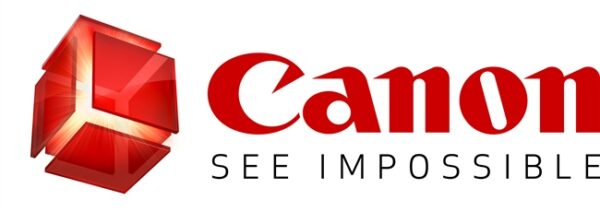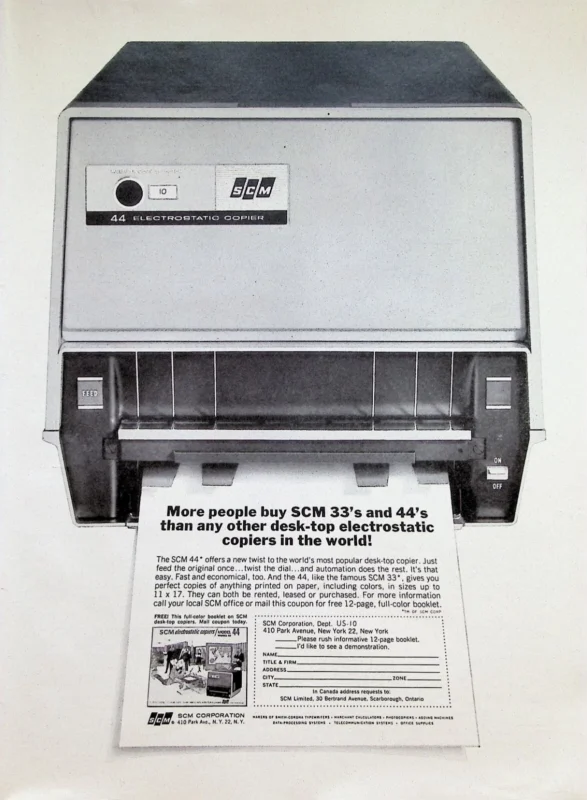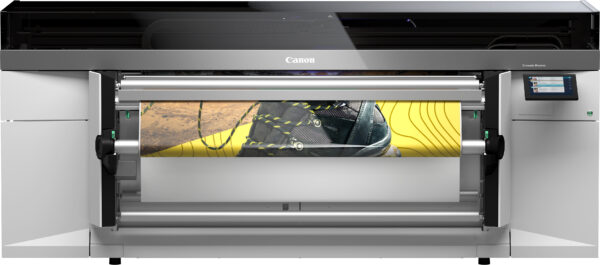NETEYE Offers Insightful Prospective Glimpse into Imaging Industry’s Future
On September 1, 2018, Canon Marketing Japan, the organization that controls domestic sales of Canon products in Japan launched NETEYE, an online support service that automatically detects the status of MFPs in the office via the internet. NETEYE is now integrated with remote service for laser printers and MFPs for SMBs and large format printers, providing a unified environment for managing those devices.
Should Canon move one step further and add fleet management functions to NETEYE, it seems feasible the company would also be able to offer managed print services (MPS) for SMBs that have a small number of machines and lower print volumes. MPS is a business model in which companies pay per print volumes, including a machine-usage fee, and fleets are owned by manufacturers or dealers that provide maintenance and replenish supplies.
Cars have shifted from “own” to “use.” Will copiers and printers follow the same path? As technology that enables capturing and analyzing the customers’ printing environment in a unified manner becomes more firmly established, we cannot dismiss the possibility the MPS business model””where users do not own the equipment but pay a usage fee instead””will cause the existing model of selling machines, supplies, and services to gradually disappear. Aiming to expand its own share, providers that accept this challenge may emerge.
PULL QUOTE: As technology that enables capturing and analyzing the customers’ printing environment in a unified manner becomes more firmly established, we cannot dismiss the possibility the MPS business model””where users do not own the equipment but pay a usage fee instead””will cause the existing model of selling machines, supplies, and services to gradually disappear.
So, would such a challenge bring positive results? My answer is no. For large companies with much larger print volumes, the MPS model works well. That’s because when print volumes are so large, the cost of the devices and the cost of managing them when added to the click charge is relatively small. These larger companies also understand and accept that the cost for managing a large number of fleets is high.
However, the MPS model does not work as well for SMBs. If the machine price, after-sales price, administrative expenses, etc. are all included in the click charge for small print volumes, print unit price will be viewed by these customers as much higher, and customers will likely refrain from printing. Also, customers can easily compare click-charge prices proposed by different providers such as dealers, intensifying competition around price. This price competition could have a negative impact and reduce the size of the imaging industry because the smaller shops will no longer be able to compete. Moreover, manufacturers and dealers that continue to own machines without selling them will have greater a financial burden as their MIF increases. Because of this, many manufacturers and dealers won’t adopt the MPS model for SMBs.
On the other hand, companies that want to redirect human resources and assets away from their main businesses as much as possible will remain open to having a dealer or manufacturer manage their fleets and prints. Manufacturers and dealers should still welcome this opportunity. If they have a customer environment where they can remotely manage machines and manage their customers’ fleets with limited manpower, as well as supply appropriate supplies and preventive maintenance services, then this represents a good opportunity.
This is what Canon Marketing Japan is looking to do, lower its customers’ fleet management burden and make it possible to control machine downtime and provide faster support response by monitoring the operating status of each customer’s machines, consumables, and failures in real time from the NETEYE center. This model allows dealers and manufacturers to concentrate on their core businesses without spending time managing machine operations and notifying customers of the information necessary for stable device operations.
In the imaging industry, the remote management service utilizing the internet of things (IoT) is spreading and about to evolve further, creating even more efficient capabilities. In the future, we hope the relationship between customers and providers will continue to be a win-win, owing to the evolution of this type of service.
Access Related Content
Visit the www.thecannatareport.com. To become a subscriber, visit www.thecannatareport.com/register or contact cjcannata@cannatareport.com directly. Bulk subscription rates are also available.




